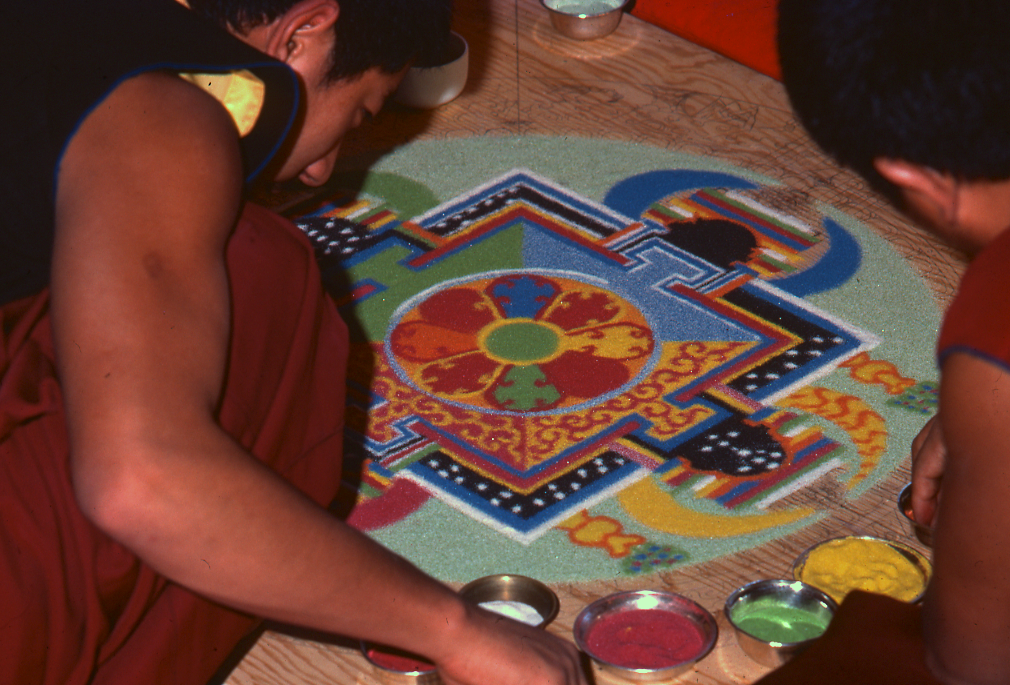
The Mandala Principle Seminars (1971-1976)
Click here to jump to talk playlist or Click here to jump to a powerful clip
For many of us, the mandala is a familiar symbol—an intricate design representing the cosmos, a sacred space, or the palace of a vajrayana deity. But Chögyam Trungpa presented the mandala as much more than a beautiful image or a symbolic representation of tantric concepts. In four illuminating seminars given between 1971 and 1976, he introduced the mandala as a dynamic principle: a principle which reflects how all phenomena are interrelated and of a single totality.

Through presenting this tantric truth from a variety of perspectives across these four seminars, Trungpa Rinpoche offers us an invaluable panoramic view of the mandala principle. Two of these seminars—The Structure of Unconditioned Energy (1972) and Mandala of the Five Buddha Families II (1974)—were later edited into Chögyam Trungpa’s influential book, Orderly Chaos: The Mandala Principle. The other two seminars—Mandala of the Five Buddha Families I (1971) and Mandala Principle and the Three Yanas (1976)—were never published and are now being presented to the world for the very first time!
Mandala of the Five Buddha Families
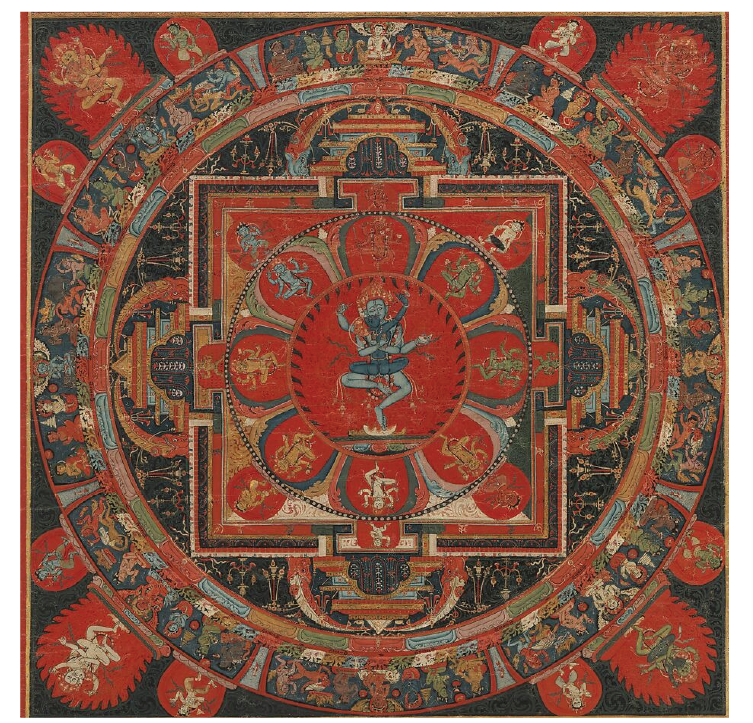
(Now available for the first time!)
Chögyam Trungpa’s first seminar on the mandala principle was called Mandala of the Five Buddha Families, which he taught in Boston in 1971. This seminar was an introduction to the five buddha families: specific energies which arise from the basic ground of the mandala. The different qualities of the five buddha families (buddha, vajra, ratna, padma, and karma) were explained in detail, emphasizing how each one transforms a specific style of confusion into a specific style of wisdom. The five families would continue to be a central theme in Trungpa Rinpoche’s work, and this is an excellent series for anyone looking for a deeper understanding of this subject.
Mandala: The Structure of Unconditioned Energy
(Published in Orderly Chaos: The Mandala Principle)
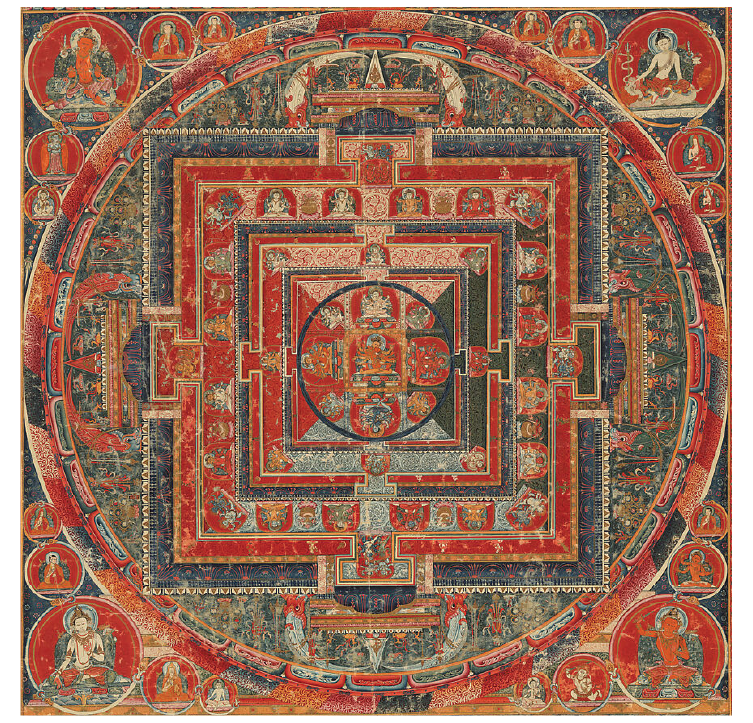
The following year in 1972, Trungpa Rinpoche taught Mandala: The Structure of Unconditioned Energy under a large tent at Karmê Chöling in Vermont. There he introduced the concept of the mandala principle as “orderly chaos”: that all phenomena (even our confusion) is orderly because it has a distinct pattern, yet seems chaotic because it is confusing to work with. Perhaps unexpectedly to his students, he presented the mandala principle primarily from the point of view of the samsaric mandala—what Trungpa Rinpoche poetically described as “a portrait of our confused mind.” He stressed that examining the samsarsic, or confused mandala was the only way to understand the nirvanic, or buddha mandala, because the two are inseparable. Towards the end of the seminar, he touched on the nature of the buddha mandala and the close connection between these seemingly disparate mandalas.
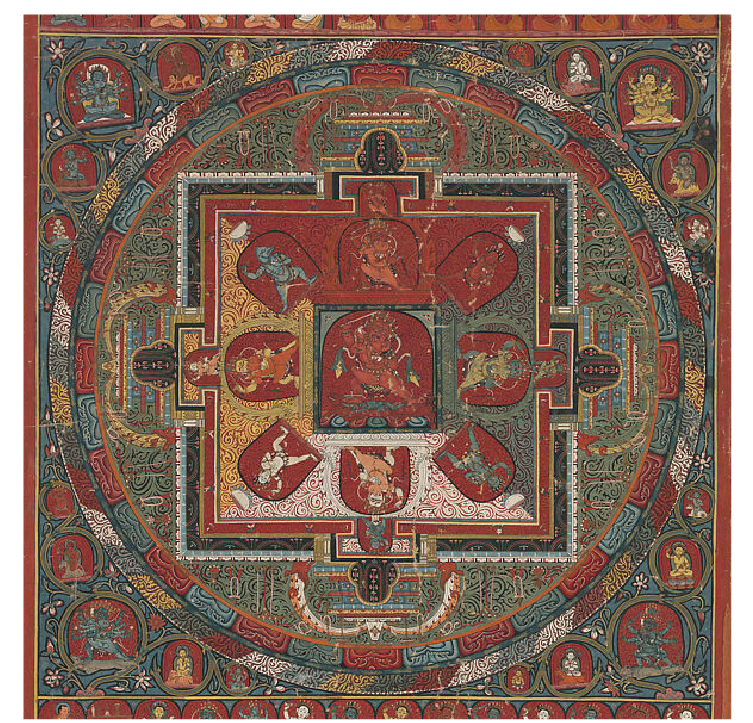
Mandala of the Five Buddha Families II
(Published in Orderly Chaos: The Mandala Principle)
Chögyam Trungpa returned to Karmê Chöling in 1974 to teach on the mandala principle from the perspective of the five buddha families for the second time. His talks explored our primordial confusion, including the skandhas and kleshas, and then moving to the ultimate recognition of the five buddha families as aspects of unconditioned space. In her introduction to The Collected Works of Chögyam Trungpa: Volume 6, Carolyn Gimian describes the powerful atmosphere during both this and the ’72 seminar: “When he taught at Karmê Chöling, he had a ‘captive’ audience. There was a quality of attentiveness on the audience’s part and a sense of mutual communication, almost on an instinctual level. People seemed to grasp what he was saying faster and more directly … In the questions and answers, he and the audience members often seemed to finish one another’s sentences, as though they were very much on the same wavelength.” Now, over fifty years later, we can experience this intimate, magical atmosphere through listening to the recordings now available.
Mandala Principle and the Three Yanas
(Now available for the first time!)
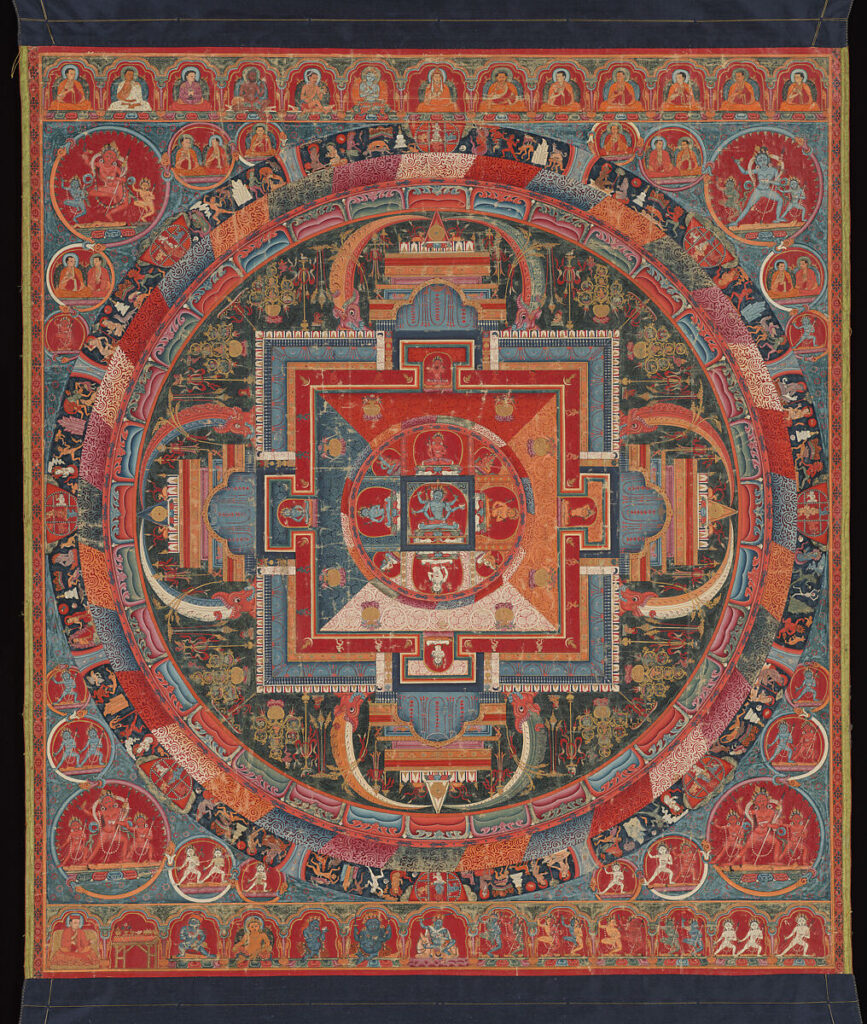
Finally, in 1976, Trungpa Rinpoche taught Mandala Principle and the Three Yanas in New York City, which was a vivid presentation of how the mandala principle unfolds across the hinayana, mahayana, and vajrayana paths. Beginning with the hinayana, he gave an evocative description of the charnel ground as the land upon which the mandala will be built. He then presented the mahayana point of view: as the beings in the charnel ground discover one another, they must learn to work together and develop a social order based on compassion. The seminar ultimately culminated with the vajrayana view of the mandala as an opulent kingdom built on mutual sanity and greater vision.
Chögyam Trungpa presented these four vajrayana seminars in a way that his students new to the Buddhist path could drop into. He didn’t get into the technical details of the tantric symbolism—instead, they were direct and experiential. As Sherab Chödzin writes in his foreword to Orderly Chaos, Trungpa Rinpoche’s genius lay in “condensing many layers of meaning into simple images,” offering “an inexhaustible treasure-stream of experiential bull’s-eyes.” As you will hear in the recordings—now available as a playlist below—he encouraged students to engage directly with the material, allowing insights to arise spontaneously.
Through his teachings on the mandala principle, Chögyam Trungpa challenged habitual dualistic thinking, inviting students to recognize how samsaric confusion and enlightened wisdom are not opposites but two sides of the same primordial coin.
The Mandala Mixed Tape (Audio.)
Mandala of the Five Buddha Families I (Boston, MA, 1971.)
- Talk 1: The Four Kayas
- Talk 2: Buddha and Vajra Families
- Talk 3: Ratna and Padma Families
- Talk 4: Karma Family
- Full Seminar Playlist
Mandala: The Structure of Unconditioned Energy (Karmê Chöling, VT, 1972.)
- Talk 1: Orderly Chaos
- Talk 2: The Razor’s Edge
- Talk 3: The Portrait of Confused Mind
- Talk 4: The Watcher’s Game
- Talk 5: The Lubrication of Samsara
- Talk 6: Totality
- Talk 7: The Mandala of Unconditioned Being
- Full Seminar Playlist
Mandala of the Five Buddha Families II (Karmê Chöling, VT, 1974.)
- Talk 1: The Basic Ground
- Talk 2: The Birth of the Path
- Talk 3: Instinct and the Mandala Perspective
- Talk 4: Three Aspects of Perception
- Talk 5: A Glimpse of the Five Buddha Families
- Talk 6: Sambhogakaya Buddha
- Full Seminar Playlist
Mandala Principle and Three Yanas (New York City, 1976.)
- Talk 1: The Charnel Ground
- Talk 2: Discrimination
- Talk 3: Working with Others
- Talk 4: The Vajra Castle
- Full Seminar Playlist
Learn More:
Orderly Chaos: The Mandala Principle by Chögyam Trungpa, edited by Sherab Chödzin
The Collected Works of Chögyam Trungpa: Volume Six by Chögyam Trungpa, edited by Carolyn Gimian
Sources:
Chödzin, Sherab. Editor’s Foreword to Orderly Chaos: The Mandala Principle, by Chögyam Trungpa.
Gimian, Carolyn. Introduction to The Collected Works of Chögyam Trungpa: Volume Six, by Chögyam Trungpa.